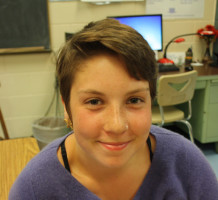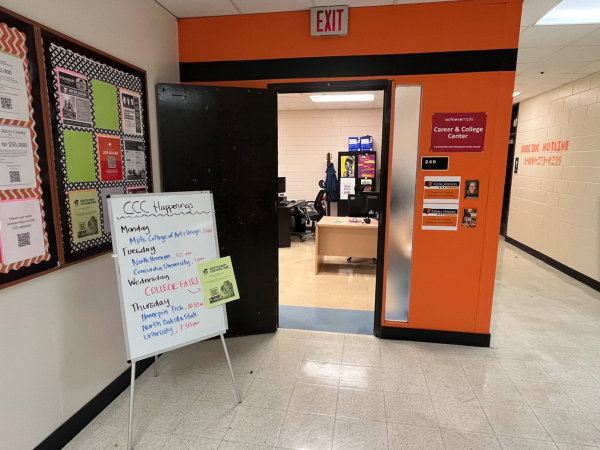U.S. Department of Civil Rights investigates South following Valentine’s Day fight
November 11, 2013
“A cafeteria fight at Minneapolis South High School escalated into a melee involving hundreds of students Thursday, spurred by what parents and students said are growing racial tensions between Somali-American students and others.” The ‘melee’ the Star Tribune speaks of was on the pens of many newspapers and online journals throughout the world on February 15, the day after the Valentine’s Day riot at South.
The cause of the riot is debated, but many sources seem to point to race-related tensions at South: “The fight escalated into a ‘big riot’ over racial hostilities that have long been bubbling under the surface,” reported Snejana Farberov at the Daily Mail in London. The coverage of South’s melee gained attention from the United States Department of Education’s Office of Civil Rights. During the first month of school the Chicago/Illinois branch of the Office of Civil Rights pulled a random selection of students from class to discuss race at South.
A man with the Department of Education’s Office for Civil Rights conducted the investigation. His name and position were withheld, even from school administator Diane Bagley who helped coordinate the groups.
“The man was the Secretary of Education and Chief and Officer of Illinois, Iowa, Indiana, Wisconsin, and Minnesota, assigned by the U.S. government to investigate,” said senior Halima Abumuye.
“We walked in and there were supposed to be a lot more students than there were. It was this guy from Chicago…he said that he was investigating the riot and what was happening after,” Emma Larson remembered. “He sat at the end, making him the person in power symbolically; most of us didn’t really want to answer his questions.”
The man who was interviewing them broke students up into a few groups. Each group was separated by race and gender. Larson was in the white girls group. Abumuye was in the Somali girls group.
“My group was full of Somali girls. I thought we were going in to talk to white men, but we were going in to talk to one black male. We talked about segregation in our school system and how we are educationally segregated,” commented Abumuye. “It felt distanced. He was not trying to see how we felt about it, but trying to see how we dealt with it. Very distanced.”
Many South students were chosen at random to participate in the groups. “When we asked about the separate groups, he said people would be more comfortable talking with their own race, not a diverse group,” said Larson.
The Department of Education’s Office for Civil Rights states their mission is “to ensure equal access to education and to promote educational excellence throughout the nation through vigorous enforcement of civil rights.” They are used when a school is called into question through public complaints about discrimination. One of their responsibilities is, “resolving complaints of discrimination. Agency-initiated cases, typically called compliance reviews, permit OCR to target resources on compliance problems that appear particularly acute.”
The Office for Civil Rights was not able to comment for this article, as they cannot talk to press until the investigation is over. The decision is expected by mid-November.
The man from the US Department of Education was keeping a “professional and formal” environment, Abumuye described. “[He] asked us questions, asked about the riot,” she added.
Some of the questions the man asked of the groups were about Somali integration in classrooms, about how many fights the students saw on a weekly basis, and about racial tensions between East African, Caucasian, and Native American students. “He asked about the stereotype that Somalis smell bad,” said Larson. “We just looked at each other. He seemed surprised that we didn’t know about that stereotype. He was surprised because the group before us knew about it.”
According to Larson, the man made a lot of assumptions about her group. “He asked how we heard about the riot. He assumed that the white kids weren’t in it. He asked, ‘Where were you when the riot happened?’ and, ‘Did you know anyone who was affected by it?’ ‘If not, did you know anyone who was in it?’”
On the flipside, in Abumuye’s group “he asked us how [we felt] about the sides of the riot and how it affected us. He talked to us like we were part of the fight, assuming we were part of the riot. He asked us who was victimized…he asked us, ‘Will there be any fights later on?’ We said there might be fights later on, but we’re not sure.”
Chances are since the fight was displayed in the news as a ‘race riot,’ the U.S. Department of Civil Rights was investigating to make certain South is completely up to date. But no one seems to know exactly why they were there and what their clear motives were. Bagley was asked to put together the groups of students but was never told exactly what the investigation was for. “Whatever he was investigating for, the only information he gave is that the findings for the investigations will be out by late November,” Bagley said.












